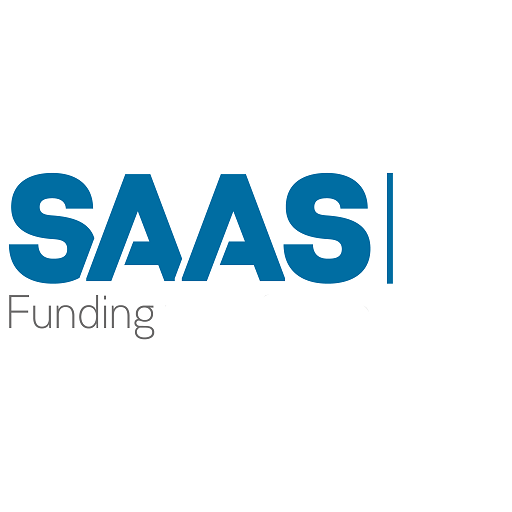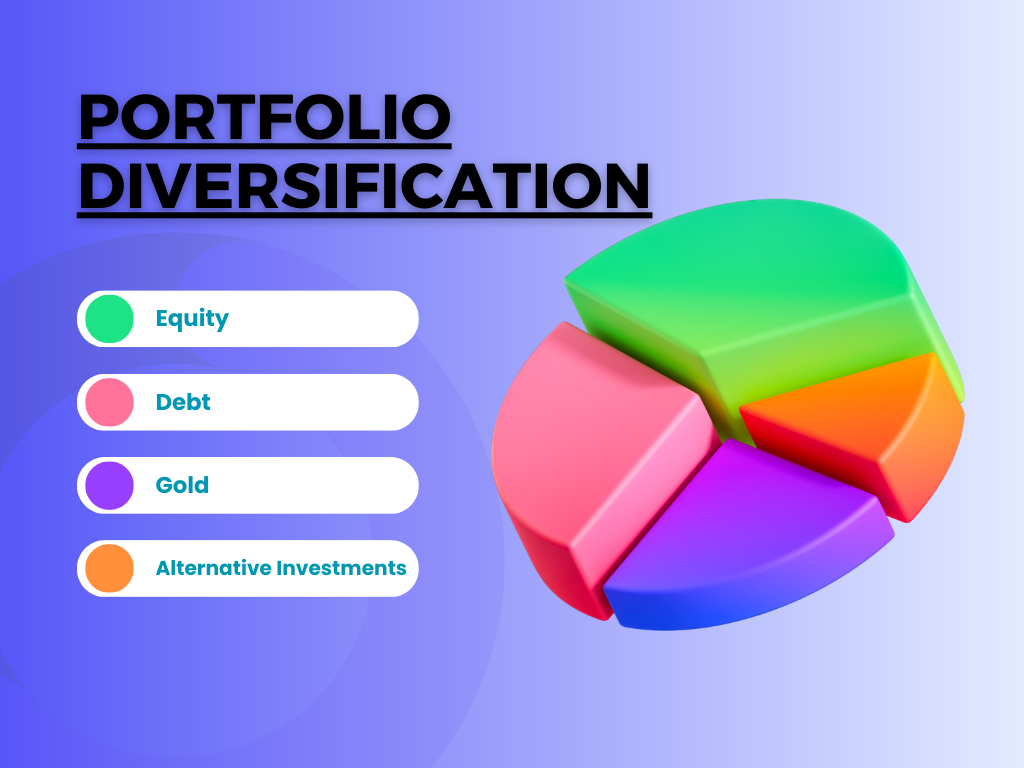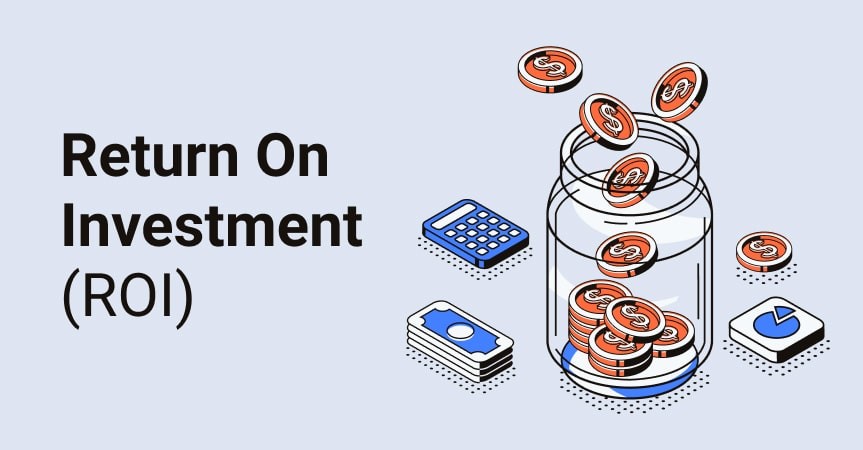Securing SaaS funding can seem like an uphill battle, particularly when you’re a newcomer in the tech startup landscape.
If you’ve ever scrolled through entrepreneurial forums or LinkedIn posts, it’s common to find founders lamenting about how difficult it is to secure investment without prior experience or connections.
“You can’t raise funds without a track record and you can’t build a track record without funds.” But this isn’t necessarily true. Numerous SaaS startups have successfully secured substantial investments with little more than an innovative idea and solid business plan.
The beauty of the SaaS industry lies in its rapid evolution. Every day sees the birth of new software services that disrupt traditional industries and create fresh opportunities for investors eager to fund promising ventures.”In 2023 alone, venture capitalists poured over $150 billion into
Demystifying SaaS Funding: A Guide for Entrepreneurs
Uncover the secrets of SaaS funding with our guide. Learn to attract investors, navigate funding types, and steer clear of common startup pitfalls.
Exploring the Meteoric SaaS Funding Types
In your journey to attract investment for your SaaS startup, understanding various funding types is crucial. Primarily, there are three options you might consider: venture capital, angel investors, and revenue-based financing.
Venture Capital
The first step in securing funds often involves approaching Venture Capital firms (VCs). These private entities actively invest in high-growth potential businesses such as yours.
Remember this:
A VC’s typical investment amount can significantly fuel growth and expansion of a promising business like yours but at the cost of equity or convertible debt that may later turn into shares.
Angel Investors
Beyond VCs lies another critical component – angel investors. Unlike institutionalized VC firms, these individuals provide smaller investments during early stages when risks are higher.
An angel investor not only provides essential seed money but also offers mentorship from seasoned industry veterans with invaluable insights and networks.
Revenue-Based Financing
The beauty of RBF? During slower months, repayments will be lower while they increase during better-performing periods, making it an attractive option for SaaS companies due to their recurring revenue models.
Let me give you some advice:
This method could help maintain control over your business without diluting ownership, which makes it worth considering.
Unearth the secrets of SaaS funding. From venture capital to angel investors and revenue-based financing, our guide helps you attract investment and dodge startup snags. #SaaSFunding #EntrepreneurshipClick to Tweet
The Art of Identifying Qualified SaaS Companies
Investing in the right Software as a Service (SaaS) companies can be likened to finding hidden gems. It requires careful analysis and understanding what makes one stand out from another.
Funding 4 Metrics Investors Assess
In the world of investing, numbers speak volumes. One key figure that investors pay attention to is Monthly Recurring Revenue (MRR). This metric provides insights into predictable income streams and financial stability.
Another important factor for consideration is Customer Acquisition Cost (CAC). A lower CAC indicates more efficient marketing strategies which translate into higher profitability margins.
A look at Lifetime Value (LTV) sheds light on the total net profit expected from each customer during their relationship with the business. When LTV outweighs CAC, it’s an indication of strong customer loyalty and long-term revenue generation capabilities.
To complete this quartet, Churn Rate measures how well a company retains its customers over time – lower churn rates suggest better client satisfaction leading to stable revenues.
Evaluating Proven Product-Market Fit
Beyond crunching numbers, assessing product-market fit plays an integral role in determining whether or not a SaaS startup has potential for success. The goal here is evaluating if there’s genuine demand within target markets for its products or services.
User feedback also offers valuable insight; positive reviews often signal good market acceptance while addressing negative comments helps identify areas needing improvement before committing any capital. Consistent growth patterns – either user base or revenues – could signify robustness against competitive pressures making them sound investment prospects among SaaS companies.
Unearth hidden gems in SaaS investing. Key metrics like MRR, CAC, LTV and Churn Rate reveal financial stability & profitability. But don’t forget product-market fit – it’s crucial for success. #SaaSFunding #InvestingTipsClick to Tweet
The Role of Accelerators in SaaS Startups’ Growth
As you prepare your SaaS startup to attract investment, understanding the role of accelerators can be a game-changer. These programs provide fixed-term funding opportunities that are vital to early-stage businesses.
This is more than just financial support.
Accelerator programs foster an environment conducive to rapid growth and innovation. They help startups leap forward on their path towards success.
Mentorship Opportunities within Accelerators
In accelerator environments, startups often find mentors from industry veterans who have been there before. This mentorship provides guidance through challenges and assists with informed decision-making around business strategy.
Mentorship isn’t merely about imparting knowledge; it’s also about instilling confidence in entrepreneurs as they navigate uncharted territories during their entrepreneurial journey.
A Wealth Of Resources And Networking Avenues
Beyond providing access to experienced mentors, accelerators offer resources such as office space, software tools, or legal advice – all aimed at reducing operational costs while allowing founders to focus on core aspects like product development or customer acquisition.
The networking potential offered by these platforms should not be underestimated either. Being part of an accelerator program opens doors to connect with potential investors or partners who could play pivotal roles in your startup’s growth story.
Pitch Perfect: Leveraging Demo Days For Investment Attraction
Demo days form another integral component of most acceleration experiences where startups showcase what they’ve achieved during their time at the accelerator before an audience consisting primarily of potential investors.
This serves as another avenue for securing additional funding beyond what was initially provided by the accelerator itself – giving yet another reason why understanding how these programs work can benefit your quest for investor attraction.
Unlock the power of accelerators for your SaaS startup. They offer more than just funding – gain mentorship, resources, networking opportunities and pitch perfect demo days. #SaaS #StartupFundingClick to Tweet
Navigating through Different Funding Rounds
Just as you would prepare for a major product launch or an important client meeting, it’s essential to understand the journey of your SaaS startup from seed stage to later rounds of funding. Each phase comes with its own expectations and potential investors.
Seed Stage Funding
The initial step in this expedition is the seed stage. This is where ideas are born, prototypes are developed, and business concepts validated. The aim here isn’t just about securing funds but also achieving that all-important market traction. Seed Capital, usually provided by angel investors or early-stage venture capital firms who see potential in your vision despite minimal evidence, helps startups establish themselves before they embark on more substantial funding quests.
This primary investment serves as a stepping stone towards growth-oriented stages where demonstrating scalability becomes crucial to attract larger investments.
Series A & B Rounds
Moving beyond seed financing takes us into Series A round – when companies should ideally have some level of revenue stream along with signs of rapid growth. Funds secured during Series A typically go towards refining products based on user feedback and expanding the customer base via targeted marketing strategies.
In contrast, Series B funds focus on scaling businesses effectively while ensuring performance metrics such as Monthly Recurring Revenue (MRR) and Customer Acquisition Cost (CAC) remain favorable for continued investor interest.
- Whether at the seed stage or moving onto series rounds, showing consistent progress is vital.
- A critical factor, especially during series rounds; showcasing how your business can scale efficiently attracts larger investments.
Remember Benjamin Franklin’s words – “If you fail to plan, you’re planning to fail.” Navigating these different funding phases requires strategic preparation akin to perfecting pitch decks or building an investor list.
Key Takeaway:
Securing SaaS funding is a journey, not a sprint. From seed stage to series rounds, each phase demands strategic preparation and evidence of progress. Remember, it’s not just about the money – it’s also about proving scalability and maintaining favorable performance metrics.
Decoding The Midas List For Potential Investors
The Midas List, an annual ranking by Forbes of tech’s top investors, is a goldmine for both entrepreneurs seeking investments and potential investors. It provides insights into the world of venture capital, angel investment, and even private funds.
Understanding the Value of the Midas List
A wise individual once declared, “Information is capability.” In this situation, having familiarity with victorious SaaS organizations can supply you with potent resources for your own investing tactics.
Familiarizing yourself with these trends could give you insight into which types of startups are attracting attention from proven product-market fit ventures or early-stage businesses showing robust growth rates.
Making Sense Of the Rankings On the Midas List
Dive deeper into how rankings work on the list. They’re based on factors such as deal activity, value creation, and exit multiples – all crucial indicators that paint a picture of each investor’s performance in relation to others in their field. High deal activity suggests an active investor who has made numerous small investments across various sectors or stages within company development – potentially signaling broad expertise worth learning from.
Leveraging Insights From This Investor List To Your Advantage
Potential investors looking at revenue-based financing opportunities can use findings from this comprehensive list not only as a benchmarking tool but also as inspiration when formulating their own funding plan that’s bad-free. Seeing industries yielding higher returns might encourage them to explore new avenues themselves; however, it doesn’t replace conducting thorough due diligence before making any commitments—even if current market trends seem favorable according to metrics featured on lists like these.
Unlock the power of the Midas List. Dive into tech’s top investors, learn their strategies and leverage insights for your own SaaS funding plan. Knowledge is power in venture capital. #SaaSFunding #InvestmentStrategyClick to Tweet
Avoiding A Funding Plan That’s Bad
Just as you’re perfecting your pitch deck and building an investor list, it’s essential to avoid pitfalls in planning for SaaS capital. This involves steering clear of over-valuation, under-capitalization, or giving away too much equity prematurely.
Dodging the Over-Valuation Trap
An inflated valuation may seem like a great way to attract potential investors initially. However, setting unrealistic expectations about growth and profitability can lead to complications down the line when trying to secure further rounds of funding.
The Dangers of Under-Capitalization
Raising insufficient funds poses another risk known as under-capitalization. It means that there aren’t enough resources available for operational costs or investment in growth opportunities, which are crucial elements when demonstrating traction with early-stage businesses, especially within the SaaS industry.
Maintaining Equity Control Early On
Funding often requires exchanging equity for capital, but surrendering too much stake early on could prove detrimental later on by limiting control over strategic decisions impacting long-term success.
- If you fail to plan around these common missteps during fundraising efforts, then expect failure.
Navigating SaaS funding? Beware of over-valuation, under-capitalization & giving away too much equity early. Plan wisely to avoid common pitfalls and secure your startup’s success. #SaaSFunding #StartupTipsClick to Tweet
Success Stories Of Funded SaaS Companies
In the competitive landscape of SaaS startups, securing funding is a crucial step towards success. Let’s examine three businesses that have taken advantage of different kinds of SaaS financing to drive their expansion.
Zapier: A Bootstrapping Success Story
Zapier, an automation tool linking various apps together, stands as an exceptional case study in bootstrapped triumph within the SaaS industry. The founders initially funded this venture themselves and managed to achieve profitability without any external investment.
Their journey underscores how strategic planning can overcome limited initial resources and lead to impressive results such as millions of users worldwide and consistent rapid growth.
Slack: Riding High on Venture Capital
A shining example from funding rounds, Slack, a team collaboration software platform began its life as a small project inside another company but quickly attracted significant attention with its unique value proposition. It secured substantial SaaS capital including investments from Accel Partners and Andreessen Horowitz among others – showcasing the power of venture capital for meteoric SaaS funding types.
This financial backing allowed them swift scaling leading up to their public listing in 2023 where they debuted with over $20 billion market cap – truly inspiring tale for aspiring entrepreneurs.
Gusto: Angel Investment Victory (without link)
An equally compelling story comes from Gusto, a cloud-based HR software provider which successfully utilized angel investors’ funds during early-stage businesses seed stage phase. Gusto’s vision convinced prominent angels like Google Ventures and General Catalyst resulting in a successful angel investment round, highlighting the potential impact individual angels could bring not just monetary support but also mentorship along with networking opportunities they provide.
Discover how SaaS companies like Zapier, Slack, and Gusto secured funding to fuel their growth. From bootstrapping to venture capital and angel investments – the path to success is diverse. #SaaSFunding #StartupSuccessClick to Tweet
Preparing Your SaaS Startup For Investment
You’ve built a promising SaaS startup, validated your product-market fit, and are now ready to attract potential investors. It’s time to prepare for this crucial phase in your business journey.
Laying the groundwork is key when seeking investment.
The wise words of Benjamin Franklin come to mind: “By failing to prepare, you are preparing to fail.” The more comfortable you feel with your company’s vision, growth metrics, and investor pitch deck, the higher chances you have of securing that much-needed funding.
Here are some actionable steps towards making your SaaS startup attractive for investments:
1. Understand who might be interested in investing in companies like yours. Research their past investments, areas they focus on, and what kind of businesses appeal to them the most.
Additional points if you can identify common patterns among their previous successful investments – it could give insights into what they’re looking out for.
2. Consider this as a living document that evolves according to its audience. Tailoring it based on each investor’s interest would maximize impact during presentations.
This isn’t manipulation; rather strategic communication aimed at resonating better with potential investors.
3. These include classic indicators such as increasing user base or monthly recurring revenue (MRR). However, don’t forget non-financial markers too – positive customer reviews or partnerships forged within industry circles.
Remember these signs validate demand for what you offer, thereby reinforcing confidence among prospective backers.
4. Beyond having an innovative idea lies the ability to articulate a clear vision backed by strong leadership skills – both essential ingredients for attracting angel investors and venture capital firms alike.
Be sure to express how you intend to shape the future through innovation, effectively positioning yourself ahead of competitors vying for similar opportunities.
Key Takeaway:
Don’t wing it when wooing investors for your SaaS startup. Know your potential backers, tailor pitches to their interests, showcase growth metrics and customer satisfaction, and articulate a clear vision with strong leadership. Remember: preparation isn’t just key—it’s king.
Conclusion
Unlocking the world of SaaS funding isn’t as daunting as it may seem.
You’ve now explored different types of investments, from venture capital to angel investment and revenue-based financing.
We’ve investigated what makes a SaaS business attractive to financiers, with essential measures such as Monthly Recurring Revenue (MRR), Customer Acquisition Cost (CAC), Lifetime Value (LTV), and Churn Rate having critical jobs.
The importance of accelerators in propelling early-stage startups towards success is clear. They offer not just funds but mentorship, resources, and networking opportunities too.
Navigating through various funding rounds can be complex; understanding each stage’s expectations helps attract the right kind of investor interest.
Avoiding common pitfalls in planning for SaaS capital raising is crucial – over-valuation or under-capitalization could lead to complications down the line.
Inspiration comes from successful SaaS companies that have secured their investments effectively. Their stories are proof that strategic planning pays off!
If you want to learn more about this, sign up for my newsletter.


